Nine-Dragon Screen
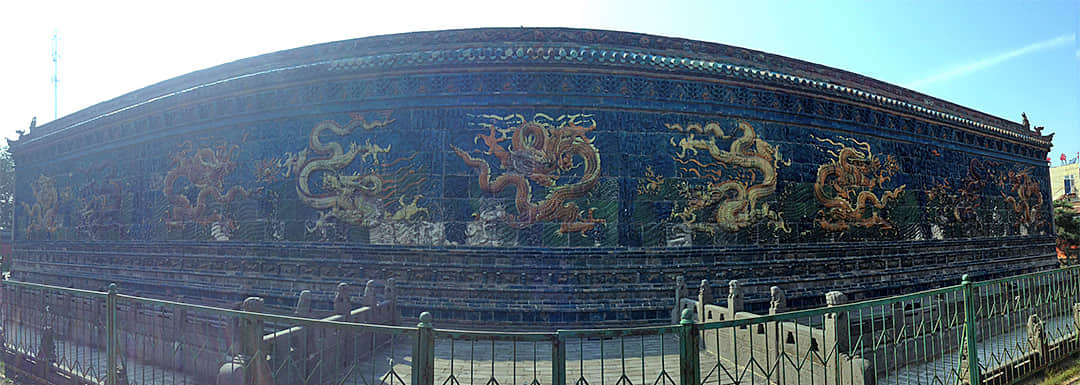
The Datong Nine Dragon Screen was built in the end of the Hongwu Period of the Ming Dynasty, about 600 years ago. It was the glass screen standing in front of the house of the 13thson of Zhu Yuanzhang in the Ming Dynasty. It is 2.02 meters (6.6 ft) thick and 45.5 meters (149 ft) long. Nine flying dragons are vividly carved on the screen. The sun and the moon patterns are on both sides. The Screen is made up of 426 special colorful glass components. The nine magnificent dragons show an imposing momentum from the screen. Mountains, stones and water plants are in laid into the gaps between the dragons for a complete composition. Glazed tiles are used for the top of the Screen and glazed bucket arches are used to support the top. 75 pieces of glazed brick form the shapes of animals such as cattle, horses, sheep, dogs, deer and rabbits, which are lively and colorful.
- Chinese name: 九龙壁 Jiǔ lóng bì
- Suggest time: 30 minutes
- Ticket: RMB 10 per person
- Address: Pingcheng District, Datong, Shanxi Province
- Open hours: 9:00 -18:00
- Best time to visit: all year around
- How to get there: Take Bus No. 28, 38 or 59 and get off at Jiulongbi Station. It is within walking distance.
Highlights of Nine-Dragon Screen
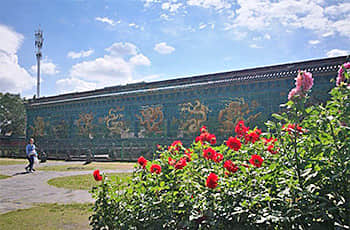

When the first ray of sun lands on the screen, the dragons are covered in glory, like they are flying around in the clouds. When the morning fog dissipates, the nine dragons look even more beautiful. The dancing bodies, swaying tails and the heads that look up seem to be moving through clouds. They appear so vivid and alive.
In the center of the Screen is a yellow dragon in a sitting posture. This dragon is facing the central axis of the palace, with its head sticking out. The dragon body is curled up and the dragon tail points to the rear. It looks like it is sitting tranquilly. The first pair of dragons on both sides are two flying dragons in light yellow, with the dragon heads to the east and the dragon tails toward the dragon in the center. The two dragons look unrestrained. The second pair of dragons is in a relatively darker yellow, with their heads and tails both facing west. The shape of the second pair is roughly the same as that of the first pair, forming a substantially symmetrical pattern. The third pair of dragons is purple. They are quite different from all other pairs for their fierce facial expressions and power to impact nature. The fourth pair of dragons are yellow-green, and they are flying high and condescending the secular world.
Drop us a line and we'll connect you with the top China expert in no time!
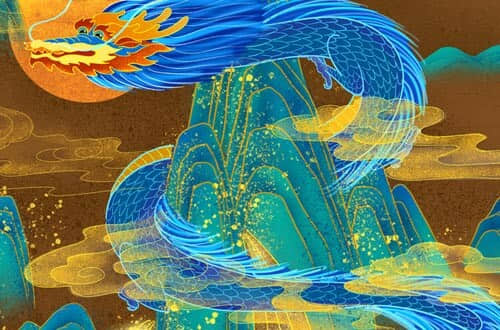 Dragon Worship in China
Dragon Worship in China 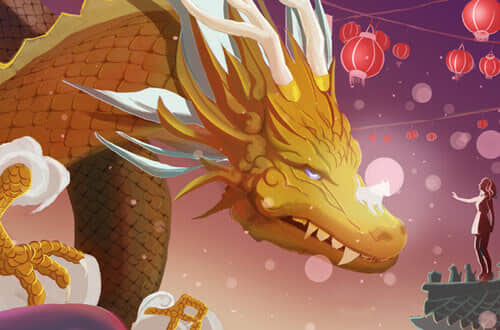 Dragon in Chinese Mythology
Dragon in Chinese Mythology 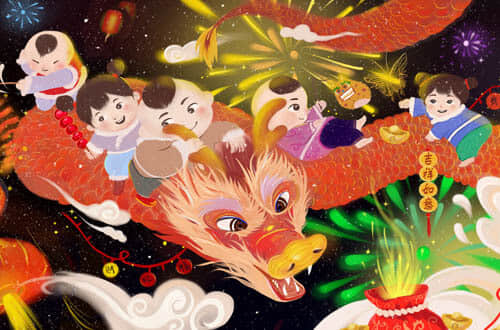 Dragon Related Festivals, Tour Sites and Celebrities
Dragon Related Festivals, Tour Sites and Celebrities 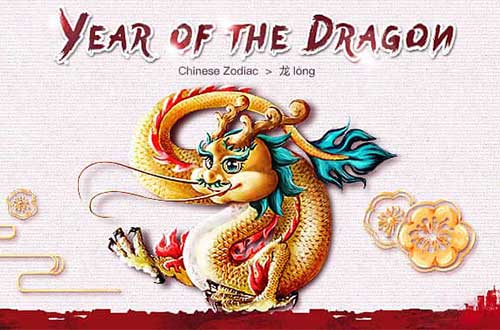 Year of the Dragon - Zodiac Sign 2024
Year of the Dragon - Zodiac Sign 2024